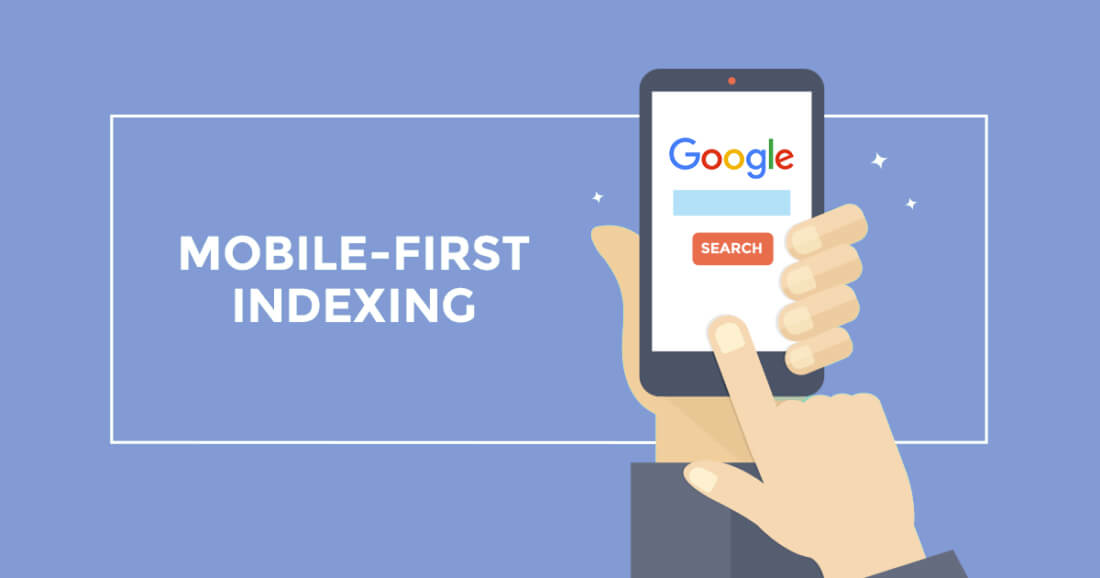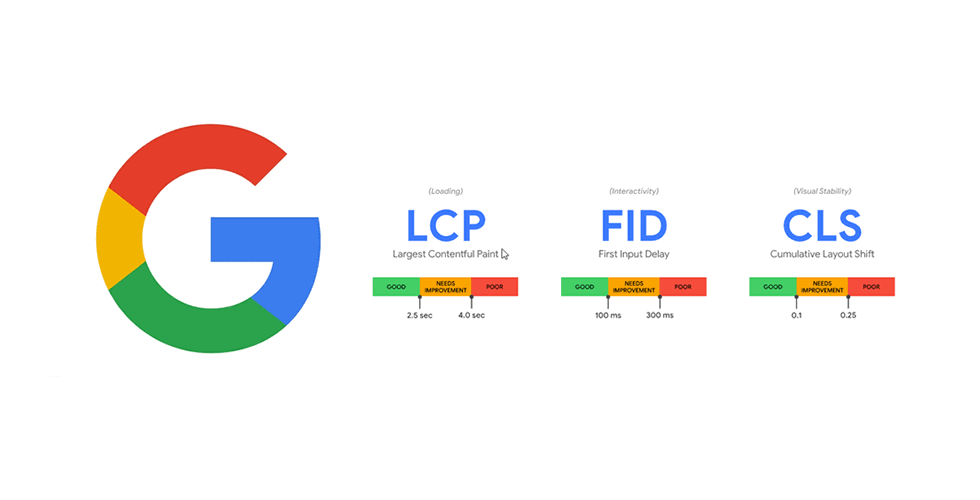
Here is an interesting fact: according to Statista, the share of mobile traffic worldwide has soared by more than 20% since the beginning of 2015, and as of Q1 2021, it accounts for more than a half (54.8%). Think of it: since 2017, when the 50% mark was hit for the first time, global Internet community has been divided into two almost equal groups: the ones who get access via smartphones, tablets, and other mobile devices, and the ones who do that in a more traditional way via desktop computers (although it’s already hard to tell which one is more “traditional”).
With that in mind, shouldn’t best practices of mobile search optimization be attended separately? Definitely yes, and there is much specificity in it – more so in the post-COVID world where remotely working businesses are recovering from the turbulent pandemic months and getting used to new practices of mobile SEO. Here are 5 tips of mobile-friendly search engine optimization for the ones who don’t want to leave more than a half of their potential web traffic unattended.
1. Monitor the Google Mobile-First Index
A certain fact of today’s reality: Google search is now done predominantly via mobile platforms. According to OBERLO, in 2021 they accounted for 63% of Google search traffic in the USA. It is a global trend which will deepen even further. If Google ranking is your concern (it should obviously be), best SEO practices in 2024 should focus on mobile search optimization.
To make it easier – or complicated, depending on personal attitude – Google introduced its Mobile-First Index on 1 July 2019. Since then, indexation of web pages by Google bots has taken into account search results of mobile-friendly versions only, even if search is done from desktop computers.

That’s the basic understanding in SEO for mobile devices to comprehend in 2024. There are no longer separate indexes for desktop and mobile versions, as there used to be. However, because it was all united into one index, Google search produces most relevant results no matter the platform used to perform the search, and that’s probably good news.
With that in mind, Google team provides recommendations on how to organize content, which should be of interest to SEO experts as well as content managers:
- Mobile version of the webpage should hold content to the same extent as its desktop version. Cutting the content would negatively affect indexation because Google bot crawls through the data on the mobile version only and may not see some of the older content.
- On both versions, it is advised to use similar and equally informative titles and meta descriptions (elements of the code with brief description of the content for search bots).
- Focus on the graphical and video content because those elements should be in supportable formats no matter the version.
2. Effective Backlink Building for Mobile Platforms
Best tips for effective backlinks SEO strategy in 2024 take into account consumer preferences. It appears that the world has emerged from the crisis with changed expectations and demand patterns. Also, post-crisis recovery is going very unevenly, and where some are already back to normal, others are only thinking of getting back to offices.
How does all that affect the strategy for backlink placement? Directly, as it influences:
i) Choice of target audience, and
ii) Picking resources where to find it.
Considering the predominance of mobile Google search content in the USA, it is highly advised to outsource that part to people with vast experience and expertise. A link building agency from USA emphasizes specifics of the US market targeting and offers its services to companies who need to narrow their target audience to it. Purchasing backlinks with the use of that platform allows effective implementation of backlink building strategy because of several good reasons:
- You get exactly what you pay for, ensuring high relevance of purchased links,
- You are able to trace statistics to measure implementation progress,
- You set the desired backlink building speed,
- You get higher Google rankings fast and easy!
3. Blog Posting for Mobile Users
Mobile or not, content is still what connects you with your audience – viewers which may later be converted into paying customers. Because we’re taking mobile SEO here, it is better to reach that audience with related content, such as development of mobile applications for iOS and Android.
Writing blogs about web development is one of the best tips for any mobile SEO strategy in 2024. It generates valuable content which:
- Serves as foundation for placement of links;
- Is reposted by users in social media, thus increasing your brand awareness and building up your reputation;
- May be referenced by other bloggers and even official news media, thus becoming a part of “digital PR” and forming you an image of a reputable industry expert.
4. Check Mobile Usability With Google Tools
Surprisingly, many new SEO optimizers simply forget common free instruments at their disposal thanks to Google. It takes seconds to run the mobile-friendly test and see the main conclusion (is your website mobile-friendly or not), as well as the report of discovered issues (for example, not all resources being loaded, thus hindering Google bots’ understanding of the website as a whole).
5. Keep an Eye on Google Core Vitals
How well the mobile version is displayed on mobile platforms it was built for – that’s only half of the story. Since relatively not long ago, it also matters how users perceive it. It is not a coincidence that Google team provides detailed recommendations on how to organize spaces for placing ads, videos and pictures because they may understandably:
- Load too long,
- Annoyingly appear not where you or users want to see them,
- Have a distorted look.
By the middle of 2021, Google has probably started to account for three core web vitals in determining page rankings. Largest Contentful Paint (LCP) now affects how fast the mobile version is loading, the First Input Delay (FID) determines when interaction becomes available, and Cumulative Layout Shift (CLS) measures the extent of unexpected page shifts in the process of loading.

With three new core web vitals, users are now able to measure “quality” of your website. Although it relates more to technical aspects, SEO optimizers are nevertheless advised to establish effective communication channels with the developers’ team to align their efforts to improve perception of the mobile version by its visitors – especially if you are new to the mobile segment.
Nuances of Mobile Search Optimization
Best practices of mobile SEO aren’t really different from what is common with SEO for desktop versions. In fact, Google no longer distinguishes one from another – probably for good, as with further technological developments and appearance of more advanced mobile devices in the future, there will soon be no technical differences in how webpages are displayed.
However, the mobile segment has certain specifics. The fact that it is now responsible for more than a half of global search traffic, makes it even more important to take those specifics into account. We’ve seen a few best tips on how to approach it.






